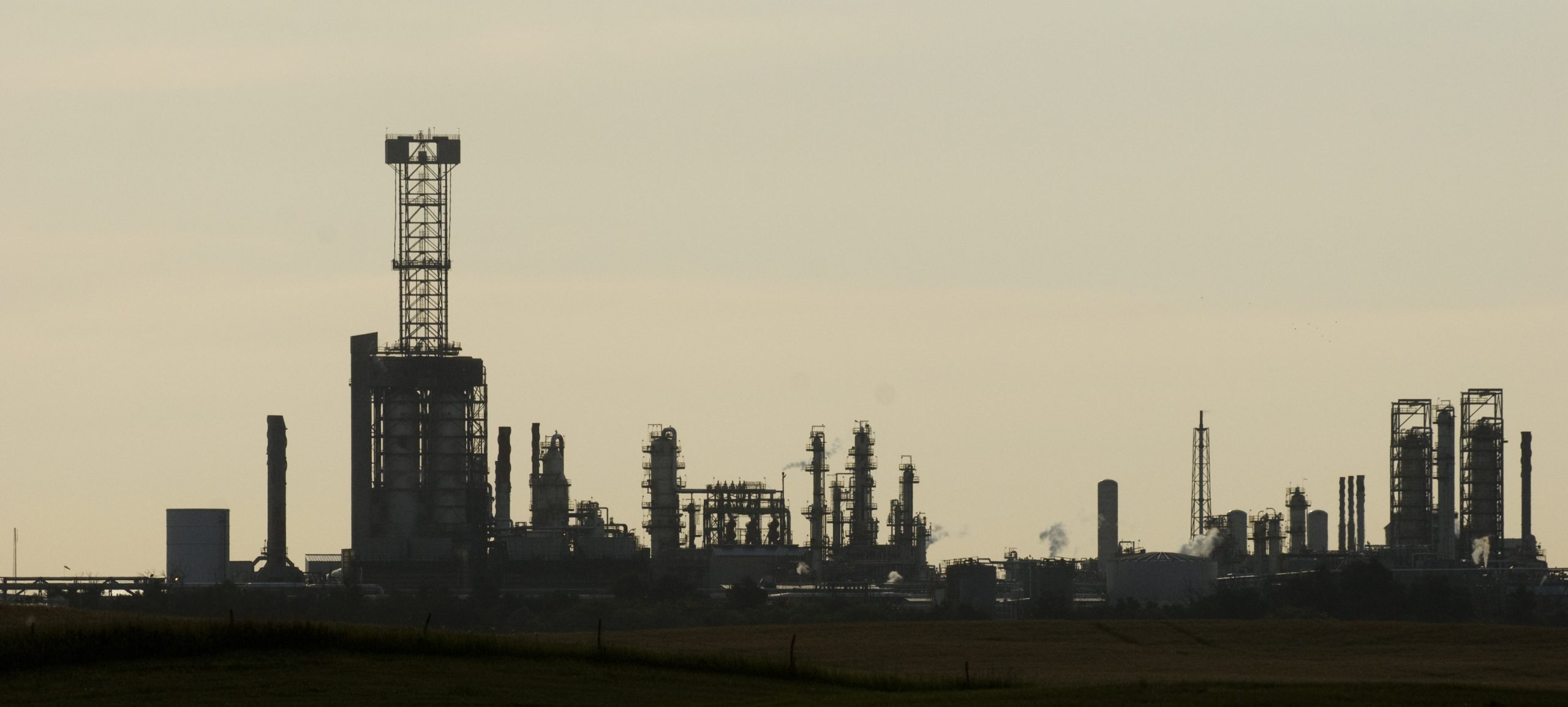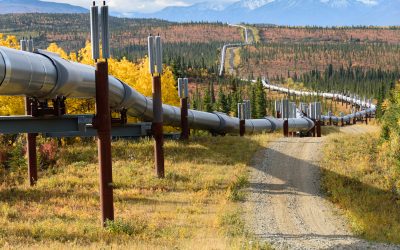This is Part 5 of a 6-part series on the two heavy oil upgraders built in Saskatchewan is based on the book So Much More We Can Be: Saskatchewan’s Paradigm Shift and the Final Chapter on the Devine Government 1982-1991, by Edward Willett, Gerard Lucyshyn and Joseph Ralko. It was published in 2021 by the Frontier Centre for Public Policy and was recently released on Amazon.ca at this link.
In addition to the billions upon billions spent in capital costs and wages to develop the Lloydminster and Regina upgrader projects, one must also look at the revenue the province brought in during this time.
According to Cenovus’ August 2022 corporate presentation, the effective royalty rate for its Lloydminster Thermals is 10 to 12 per cent, and 9 to 12 per cent for Lloydminster conventional heavy production.
As of May 6, Western Canadian Select, the benchmark with which Lloydminster Blend is closely associated, was trading for a whopping U$$96.97. With the Canadian dollar trading at $1.29 to the U.S. dollar, that works out to C$125.09 per barrel. With Saskatchewan producing 213,166 barrels per day in February, and an 11 per cent royalty rate, you get this:
C$125.09 x 213,166 barrels of heavy oil per day x 11% average royalty = C$2,933,142 in royalties per day from heavy oil.
By Sept. 8, Western Canadian Select had fallen to a still very respectable US$62.80 per barrel. The exchange rate was, $1.31 to the U.S. dollar, so you got C$82.27 per barrel x 213,166 barrels of heavy oil per day x 11% average royalty = $1,929,088 per day from heavy oil.
Now, that rough calculation was based on the exceptional oil prices we had in May, and again in September. And there may be an incentive here or there that will reduce it. But the simple fact is that, with oil prices being at their current high level, heavy oil is pouring money into provincial coffers as we speak. And on Aug. 23, Finance Minister Donna Harpauer announced all people in Saskatchewan over the age of 18 would soon be receiving $500 cheques as a result of high commodity prices, including oil. The total is estimated at $450 million. Perhaps not so coincidentally, of the surplus funds, “a little more than $500 million” had come from additional oil revenue.
And without the upgraders, that simply would not be happening anywhere close to the level it is now. And none of that counts the additional corporate or personal income tax, sales tax, fuel tax, and PST from all that economic activity, either.
Oil was paying the equivalent of one third of all health care expenses
During the aforementioned oil boom years, oil revenue was accounting for roughly 14 per cent of Saskatchewan government revenues. And since around 46 per cent was heavy oil, that means that probably five to six per cent of our province’s revenue was from heavy oil. (Heavy oil always trades at a discount, sometimes a very heavy one, to light oil, and thus its value is always less.)
In 2011, when oil was 14 per cent of revenue, health care was around 41 per cent of expenditures. That meant that during those boom years, oil revenue could be considered having paid the bill for every doctor, nurse, hospital, old folks home and home care worker south of Craven, and that includes Regina.
That revenue became so important to this province that when OPEC opened the taps in late 2014 and oil crashed from over US$100 per barrel for West Texas Intermediate down to US$26, the provincial deficit for several years almost precisely matched the decline in oil prices. I was able to confirm this at the time by asking both the premier and finance minister several times. That remained the case for several years.
When it became clear after several years the oil downturn wasn’t going to reverse itself anytime soon, the provincial government under Saskatchewan Party Premier Brad Wall went through the painful exercise of increasing taxes and cutting services, like the provincial bus carrier, STC, to wean us off the reliance of resource revenues to pay the bills.
And yet during that downturn, until COVID hit, Husky continued to build out those Lloydminster thermal projects at a rate of two per year, eventually slowing down to one per year.
Brad Wall’s and Grant Devine’s perspectives
Asked about the significance of the Devine-era upgraders, Wall said by email on May 6, “I think the analysis you have from Jim Toye is more compelling and relevant than anything I could provide.
“Every economy needs ‘anchor’ projects. The two upgraders have definitely offered that stability, mooring and value add churn. Very important projects indeed.”
Asked if heavy oil and its processing makes the difference between Saskatchewan being a have or have-not province when it comes to federal equalization today, Devine said he wasn’t sure of the exact answer, but “it really contributes to the well-being and the economic independence of the province.
“Any reasonable entrepreneur in North America, if they had these resources, they would have done the same thing. Now, you had to be very determined about it, because it wasn’t easy. And you had the cyclical (nature) to deal with, but a lot of good entrepreneurs and business people, they know cycles. I would say it certainly contributed significantly to Saskatchewan, and it’s not going to change.”
Asked if there was anything he would have done different with regards to the upgraders, Devine said, “I’m sure we didn’t do everything right. But it did work out in the end. And so you had people that were smart, and that ran the upgraders, and you had cabinet ministers that were fully endorsing the fact that we upgrade. And you know, there may have been some things we could have done more efficiently and effectively. But we at the time, we agreed largely with the people that knew how to refine and listened to them. I mean, they know the business. They run the plants, they run the refinery.
Devin continued, “So whatever they suggested, it seemed to be reasonable and we would follow their science and the science was changing. When you think about it, we learned many various ways to do to do to make improvements. And we all learned, so it was a learning process. But they wanted to do better, and we wanted to do better, so we just gave it our best shot and backed them. And as you pointed out, eventually, it really turned out.”
Brian Zinchuk is editor and owner of PipelineOnline.ca and occasional contributor to the Frontier Centre for Public Policy. He can be reached at brian.zinchuk@pipelineonline.ca.
Read the series “So Much More We Can Be” – the Grant Devine-era heavy oil upgraders and their lasting impact
Part 2: Grant Devine’s Motivation to Build Upgraders While They Had the Chance
Part 3: The Lloydminster Bi-Provincial Upgrader Doubled the City in Size
Part 4: Regina NewGrade Upgrader has Processed 16 million Barrels of Heavy Oil per Year for 30 Years



